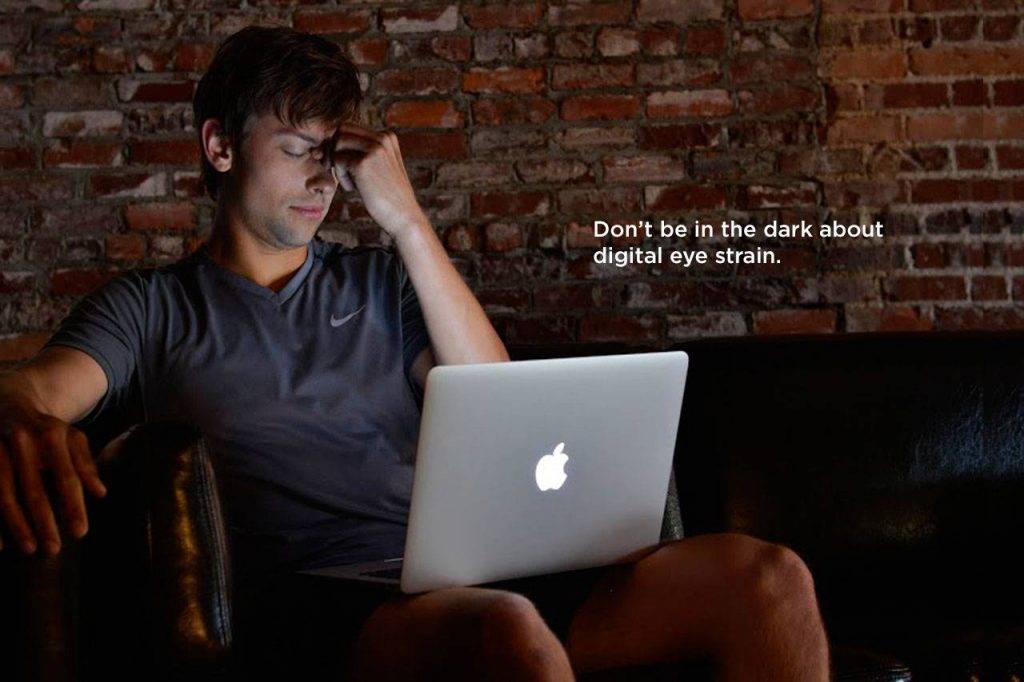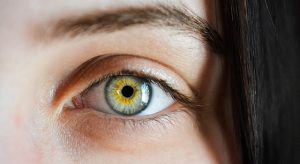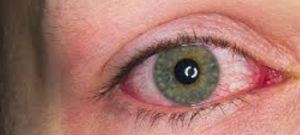Can digital devices cause eye strain?
Digital device usage has increased substantially in recent years across all age groups, so that extensive daily use for both social and professional purposes is now normal. Digital devices include computers, laptops, mobile phones, tablets and gaming consoles.
Digital eye strain (DES), also known as computer vision syndrome (CVS) affects over 50 percent of people, including both children and adults.
Symptoms fall into two main categories: those linked to accommodative or binocular vision stress, and external symptoms linked to dry eye.
Contact a vision therapy eye doctor who can diagnose and treat your digital eye strain to alleviate your symptoms.
SEE RELATED: Why Is My Eye Twitching?
How does digital eye strain affect adults?
According to recent data, approximately 80 percent of American adults use a digital device for more than two hours per day— and 67 percent use two or more devices simultaneously.
It has been reported that 59 percent of adults suffer from symptoms of DES.
Recent data shows:
- 35% experience neck and shoulder pain
- 32% experience sore or tired eyes
- 28% experience blurred vision
- 27% experience headaches
- 27% experience dry eyes
Unfortunately, these DES symptoms typically lead to most adults feeling exhausted by the end of the day, even though their job requires minimal physical exertion.
How is digital eye strain diagnosed?
Digital eye strain can be diagnosed during an eye exam.
During your exam, inform your eye doctor about your home and work habits — specifically if you use a computer for an extended period of time throughout the day. Also, it is a good idea to measure the distance between your eyes and your computer screen, to enable a proper assessment of your eyes at that specific distance.
If a diagnosis of digital eye strain is confirmed, your doctor may prescribe specific glasses or a vision therapy program to improve your visual skills and can also discuss necessary behavioral changes to reduce your symptoms.
Schedule an eye exam with a vision therapy eye doctor who can diagnose and treat your digital eye strain.
Can vision therapy treat digital eye strain?
Yes.
According to research, vision therapy can significantly improve symptoms associated with digital eye strain. During vision therapy, you will learn how to train your eyes and brain to work together, to improve your visual skills.
Vision therapy exercises to improve binocular vision may target:
- Eye movement skills
- Eye focusing skills
- Eye teaming skills
Behavioral changes to alleviate symptoms
There area variety of behavioral changes you can make to help to reduce your discomfort from digital eye strain.
Appropriate lighting: Digital eye strain is often caused by bright sunlight or harsh fluorescent lighting. Appropriate lighting is important while using a computer — close window curtains and use “soft white” indoor lighting.
Also, position your computer with all windows to the side of your screen, instead of behind or in front of it.
Reduce glare: Any light that reflects off of your computer screen can cause a glare, and result in eye strain. To reduce the effects of glare, you can purchase an anti-glare screen that can be installed on your computer.
Additionally, if you already wear corrective eyeglasses, make sure that your lenses are made with anti-reflective (AR) coatings.
Replace older computer screens: Computers with cathode-ray tube (CRT) monitors are known to cause a “flicker” of images —a common cause of digital eye strain and fatigue. Newer flat-panel LED screens have an anti-reflective surface to make screen time more comfortable for your eyes.
If you haven’t done so already, replace your old monitor with a new LED screen —preferably with a large display and the highest resolution possible.
Adjust your display settings: The display settings of your computer or digital device can be adjusted to help minimize eye strain and fatigue.
- Brightness. Adjust the brightness of your screen so it’s similar to the brightness of your room.
- Text color and size. Adjust text color and size —black text on a white background is easiest on the eyes.
- Reduce blue light. Adjust the color temperature of your screen to “warmer” colors such as red and orange to reduce blue light emission, which can also cause eye strain.
Keep blinking: Blinking helps your eyes to stay moist, and prevents dry eyes and irritation. According to research, people blink less frequently when staring at a computer screen.
To avoid dry eyes, try to remember to blink 10 times (with full eyelid closure), every 20 minutes. Your eye doctor may also recommend eye drops which could provide some relief from dry eyes.
20-20-20 rule: Digital eye strain can be caused by focusing fatigue —or staring at your computer screen or smart phone for too long.
The 20-20-20 rule involves looking at something that is 20 feet away, for 20 seconds, every 20 minutes. Looking at distant images relaxes the ocular muscles responsible for focusing, thereby reducing fatigue.
Make your workstation comfortable: Digital eye strain can also cause neck, back and shoulder pain. Make sure that your desk and chair are at a comfortable height so your feet can rest on the floor, and that your computer screen is positioned just below your eye level and 20-24 inches away from your eyes.
Also, take frequent breaks away from your computer to stretch and decrease muscle tension.
Computer glasses: Computer glasses may be a good option if you spend many hours on a computer, even if you don’t usually wear glasses for distance or reading. Computer glasses are also helpful if you wear contact lenses and experience dry eyes after prolonged screen time.
You may also benefit from computer glasses if you wear bifocals or progressive lenses, as they may not be able to provide adequate vision clarity of the computer screen. If you are concerned about blue light emissions, computer glasses can be made with specifically tinted lenses, to reduce blue light exposure.
Don’t wait…
If you think you may be suffering from digital eye strain, make an appointment with an eye doctor.
LEARN MORE: Guide to Eye Conditions
Your doctor can prescribe a vision therapy program to improve your visual skills and binocular vision— enhancing your work performance… and quality of life.










